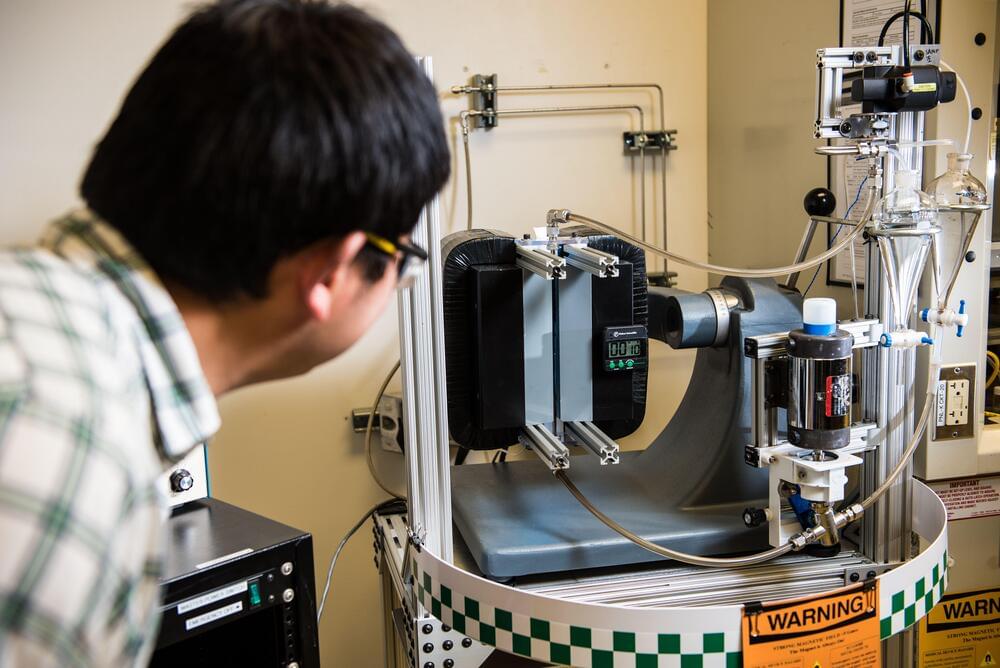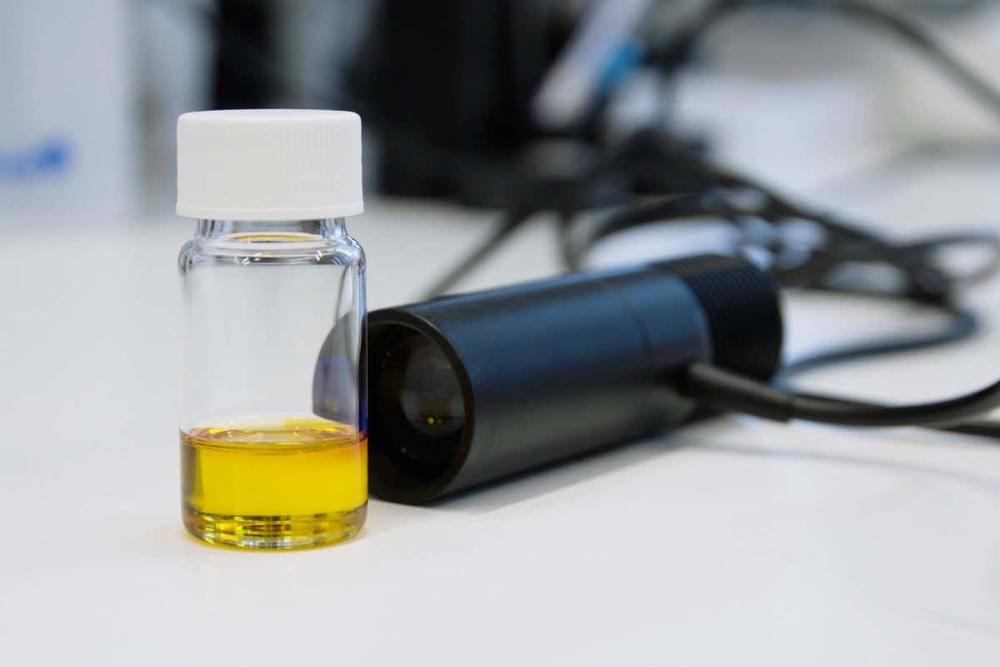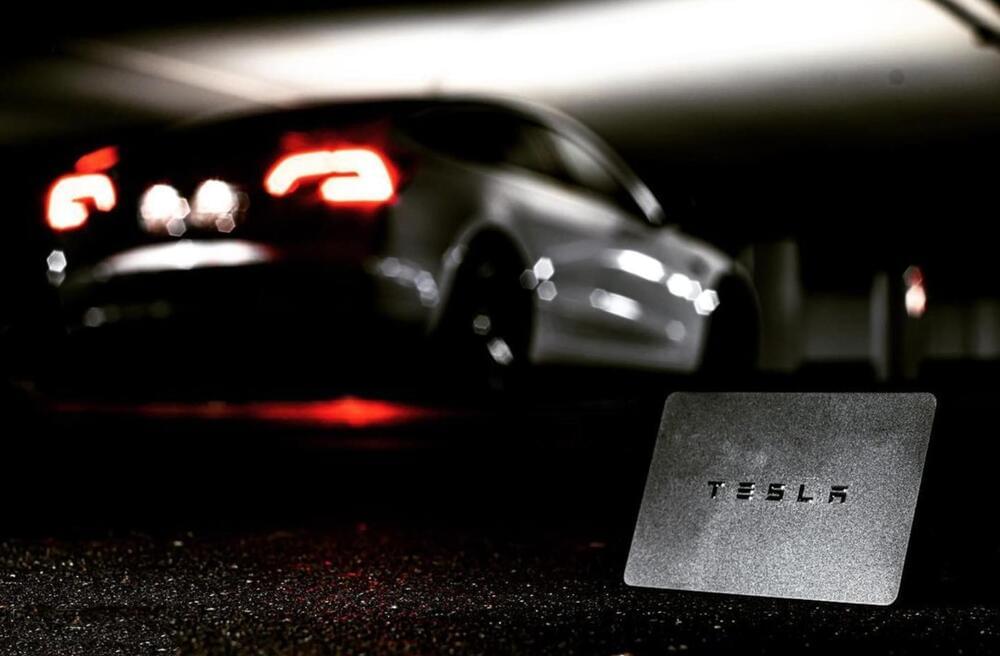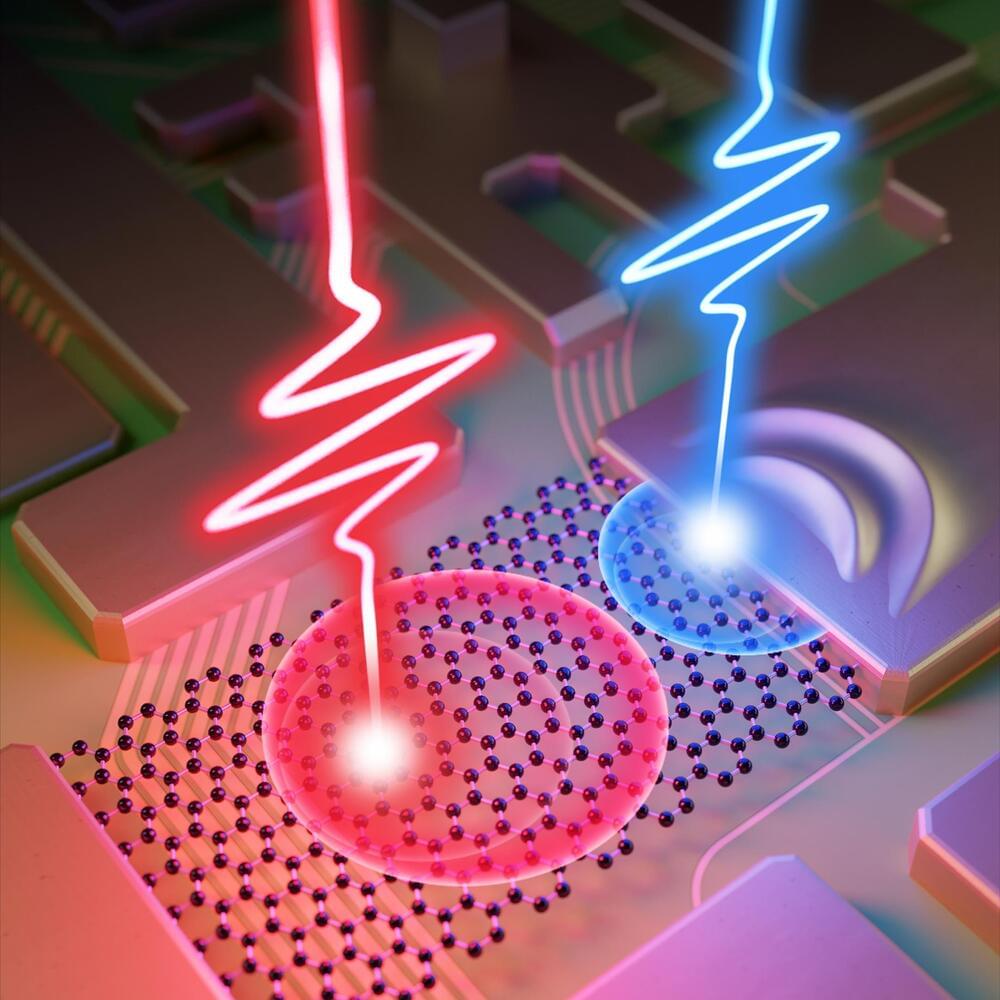Archive for the ‘mobile phones’ category: Page 84
May 23, 2022
“Fly ash” contains rare earth elements needed for electronics
Posted by Jose Ruben Rodriguez Fuentes in categories: mobile phones, satellites, sustainability
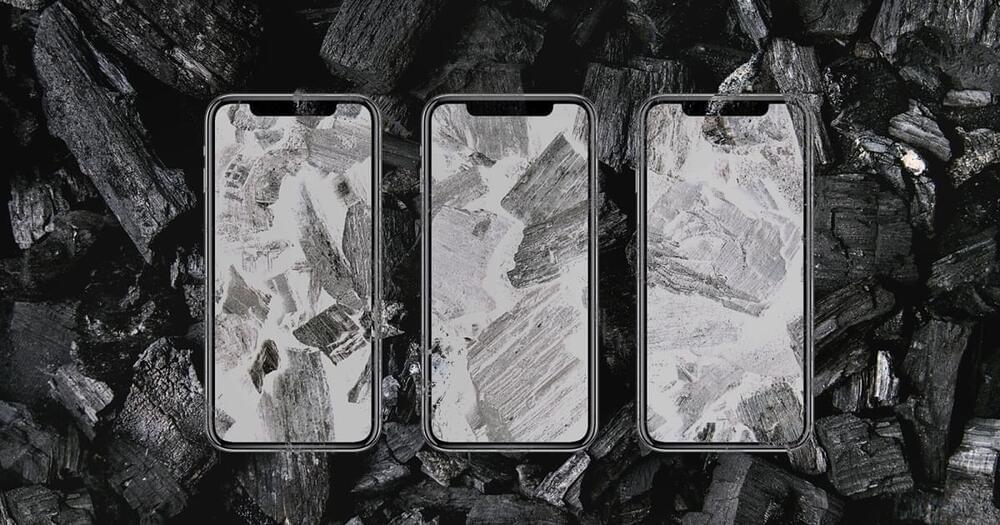
The United States’ reliance on China for rare earth elements could soon come to an end, thanks to a new process that pulls the valuable metals from the ash left over when we burn coal.
Why it matters: The 17 rare earth elements aren’t actually rare — they’re all more common than gold, and one is more abundant than copper. But getting our hands on them is difficult because they’re widely dispersed in Earth’s crust and hard to extract through mining.
Continue reading “‘Fly ash’ contains rare earth elements needed for electronics” »
May 22, 2022
Google: Predator spyware infected Android devices using zero-days
Posted by Genevieve Klien in categories: government, military, mobile phones, surveillance
Google’s Threat Analysis Group (TAG) says that state-backed threat actors used five zero-day vulnerabilities to install Predator spyware developed by commercial surveillance developer Cytrox.
In these attacks, part of three campaigns that started between August and October 2021, the attackers used zero-day exploits targeting Chrome and the Android OS to install Predator spyware implants on fully up-to-date Android devices.
“We assess with high confidence that these exploits were packaged by a single commercial surveillance company, Cytrox, and sold to different government-backed actors who used them in at least the three campaigns discussed below,” said Google TAG members Clement Lecigne and Christian Resell.
May 22, 2022
Device that stores liquid sunshine could one day power your phone
Posted by Quinn Sena in category: mobile phones
A system for trapping sunlight as thermal energy within molecules and then converting it to electricity could be a portable replacement for batteries.
May 18, 2022
More than 200 apps on Play Store with millions of downloads are stealing users’ passwords and sensitive information
Posted by Saúl Morales Rodriguéz in categories: cybercrime/malcode, finance, mobile phones
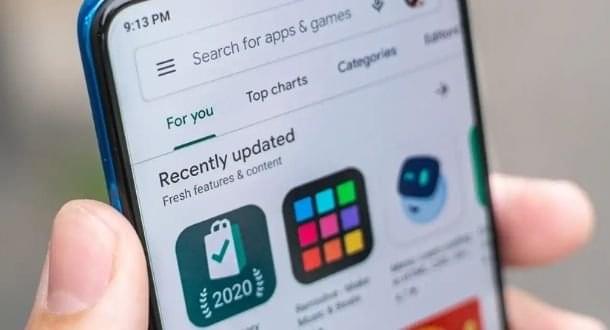
Researchers at Trend Micro identified a set of mobile apps available on the Google Play Store performing malicious tasks in the background, including stealing user credentials and banking details from Android users. Some of these apps have nearly 100,000 downloads, so the scope of the problem is considerable.
In total, the analysis revealed the detection of 200 malicious applications that hide code from dangerous malware variants, capable of putting users of the affected devices in serious trouble.
May 18, 2022
Rise of Cyborgs, Exoskeleton Super Human Strength, Transhumanism, Neuralink, Live forever
Posted by Dan Breeden in categories: cyborgs, education, mobile phones, neuroscience, transhumanism

The concept of Transhumanism has been around for a long time, but it actually looks like it’s starting to happen. In today’s video, we will look at how humans are already merging with machines and what will come next. IPhone wireless charging cases — https://amzn.to/3bz0oRg.
IPhone Backup — https://amzn.to/3w8Usbj.
Wireless Earbuds — https://amzn.to/2ZTjwau.
IPhone Bargains — https://amzn.to/3jXvCGb**** Gears and Equipment we use****
1. Fully Automatic Espresso Machine — https://amzn.to/3bdHcbr.
2. Perfect Desk Chair — https://amzn.to/2ZlMNd2
3. Wireless Mechanical Keyboard — https://amzn.to/3pA71Lw.
4. Wireless DTS Headphone — https://amzn.to/3juz2Qv.
5. Vocal Microphone — https://amzn.to/2XEDsN4
6. UltraWide Monitor — https://amzn.to/3jyteWg**** Free Handy Tools YOU must try ****Tubebuddy – https://bit.ly/3y0SOc6
In-depth channel/video analysis, SEO statistics, Channel optimizationHere at Future Now we aim to bring you the most informative, fascinating and engaging Technology videos on YouTube.🔔 Subscribe To Our Channel: https://bit.ly/3nRoVH8
Copyright Disclaimer:
Under section 107 of the Copyright Act 1976, allowance is made for “fair use” for purposes such as criticism, comment, news reporting, teaching, scholarship, education and research. Fair use is a use permitted by copyright statute that might otherwise be infringing. Non-profit, educational or personal use tips the balance in favor of fair use. *DISCLOSURE*
We are affiliated, but not sponsored by any product featured in this video.
Some links in the description are affiliate links to products, which means if you click on them and buy the product, we will receive a small commission.
Not being sponsored allows us to keep our own opinions and provide product reviews without bias. From the millions of products, we appreciate your support.#Exoskeleton #Cyborg #Transhumanism
May 18, 2022
Teslas are susceptible to hacking due to bluetooth locks, cybersecurity firm says
Posted by Genevieve Klien in categories: cybercrime/malcode, mobile phones, transportation
Teslas are among the most susceptible vehicles to be hacked due to their Bluetooth locks, cybersecurity firm NCC Group said. The cars can be remotely unlocked and controlled by hackers that can exploit a vulnerability in the Bluetooth system’s security, the group said.
NCC Group researcher Sultan Qasim Khan was shown in a video opening, then driving a Tesla using a small relay device attached to a laptop. The device bridged a large gap between the Tesla and the Tesla owner’s phone, Reuters said.
“This proves that any product relying on a trusted BLE connection is vulnerable to attacks even from the other side of the world,” NCC said in a statement. BLE means Bluetooth Low Energy, and is a technology utilized in vehicles and Bluetooth locks that will automatically unlock or unlatch when an authorized device is nearby. While it is a convenience feature, it is not immune to attacks, which was the point of NCC’s experiment.
May 16, 2022
Artificial intelligence is becoming sustainable
Posted by Dan Breeden in categories: mobile phones, robotics/AI, sustainability, transportation
A research group from Politecnico di Milano has developed a new computing circuit that can execute advanced operations, typical of neural networks for artificial intelligence, in one single operation.
The circuit performance in terms of speed and energy consumption paves the way for a new generation of artificial intelligence computing accelerators that are more energy efficient and more sustainable on a global scale. The study has been recently published in the prestigious Science Advances.
Recognizing a face or an object, or correctly interpreting a word or a musical tune are operations that are today possible on the most common electronic gadgets, such as smartphones and tablets, thanks to artificial intelligence. For this to happen, complicated neural networks needs to be appropriately trained, which is so energetically demanding that, according to some studies, the carbon footprint that derives from the training of a complex neural network can equal the emission of 5 cars throughout their whole life cycle.
May 16, 2022
Laser Pulses for Ultrafast Signal Processing Could Make Computers a Million Times Faster
Posted by Shubham Ghosh Roy in categories: computing, mobile phones, particle physics
Simulating complex scientific models on the computer or processing large volumes of data such as editing video material takes considerable computing power and time. Researchers from the Chair of Laser Physics at Friedrich-Alexander-Universität Erlangen-Nürnberg (FAU) and a team from the University of Rochester in New York have demonstrated how the speed of fundamental computing operations could be increased in the future to up to a million times faster using laser pulses. Their findings were published on May 11, 2022, in the journal Nature.
The computing speed of today’s computer and smartphone processors is given by field-effect transistors. In the competition to produce faster devices, the size of these transistors is constantly decreased to fit as many together as possible onto chips. Modern computers already operate at the breathtaking speed of several gigahertz, which translates to several billion computing operations per second. The latest transistors measure only 5 nanometers (0.000005 millimeters) in size, the equivalent of not much more than a few atoms. There are limits to how far chip manufacturers can go and at a certain point, it won’t be possible to make transistors any smaller.
Physicists are working hard to control electronics with light waves. The oscillation of a light wave takes approximately one femtosecond, which is one-millionth of one billionth of a second. Controlling electrical signals with light could make the computers of the future over a million times faster, which is the aim of petahertz signal processing or light wave electronics.
May 15, 2022
Forever Battery: QuantumScape’s Holy Grail of Energy
Posted by Quinn Sena in categories: computing, mobile phones, quantum physics, sustainability
A “forever battery” is much smaller and more energy-dense than lithium-ion. They’ll change the world and unlock a trillion-dollar revolution.
In this week’s episode, Aaron and I discuss what could be the “holy grail” of energy: the solid-state — or forever battery. Obviously, lithium-ion cells are the status quo of today. And they power pretty much everything, like your smartphone, laptop and electric vehicle.
Continue reading “Forever Battery: QuantumScape’s Holy Grail of Energy” »
